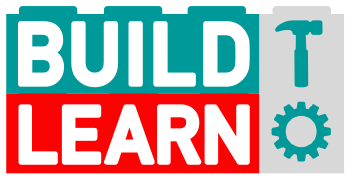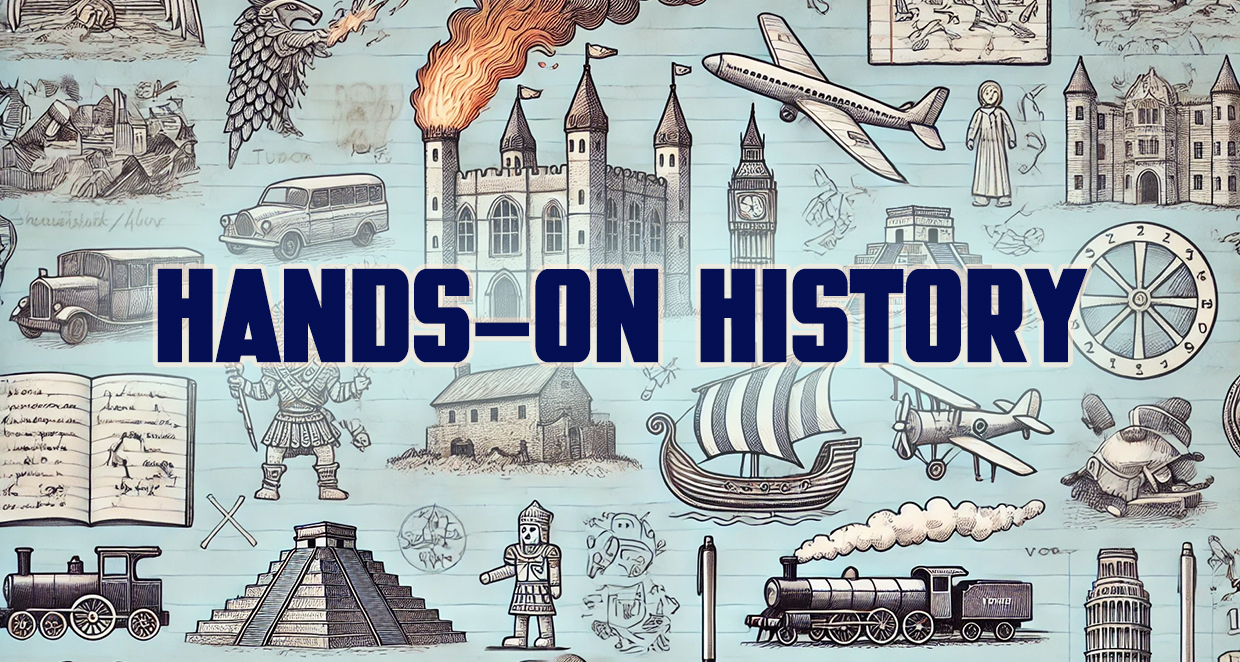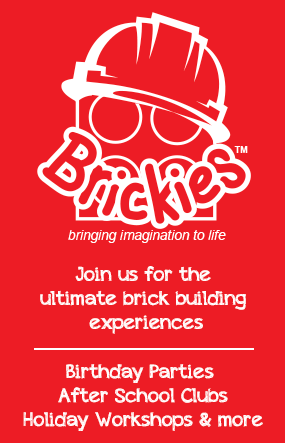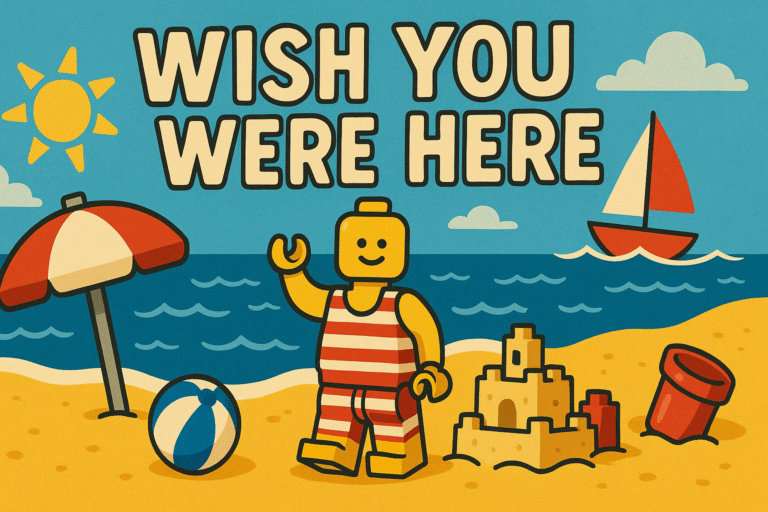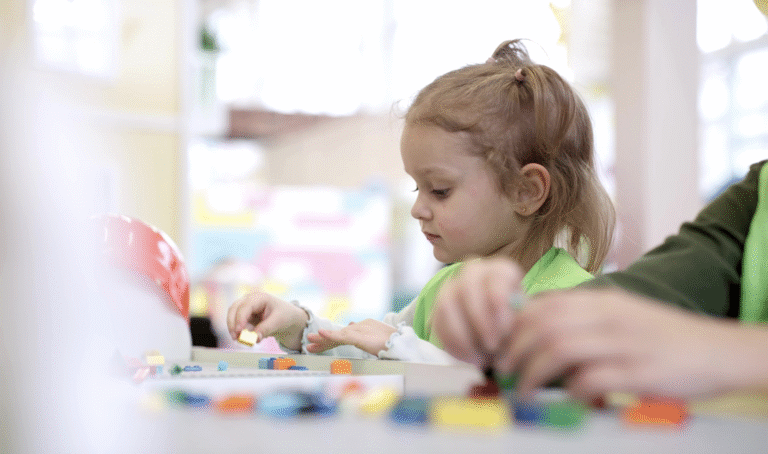What Makes History Fun for Kids?
History is one of the most exciting subjects for children—when it’s taught the right way.
Look no further than the success of Horrible Histories.
For years, the Horrible Histories books and TV series have captivated young audiences by making history feel fun rather than factual, entertaining rather than educational. With its mix of storytelling, comedy, and unforgettable details, it turns history into something children want to talk about long after the lesson ends.
And it works.
Children remember the gruesome facts, the quirky characters, and the dramatic events, not because they were drilled into them, but because they were presented in a way that made history feel alive.
So, what can we learn from this?
The secret isn’t just in the information being taught—it’s in how it’s delivered.
Just like Horrible Histories brings the past to life through humour and storytelling, Build to Learn’s hands-on workshops allow students to engage with history by physically constructing and recreating it—using LEGO bricks to build historical settings, structures, and key moments from the past.
Imagine learning about The Great Fire of London—not just by reading about it, but by exploring the buildings of 1666 and understanding why they made the city so vulnerable.
Through building and discussion, students don’t just hear about the past—they interact with it. They make connections, ask questions, and step into the role of historians, architects, and problem-solvers.
When history becomes interactive, it moves beyond memorisation—it becomes an experience.
The Educational Value of Hands-On Workshops
Engaging students in hands-on activities doesn’t just make learning more enjoyable—it also fosters deeper understanding and retention of historical knowledge. Here’s why incorporating tactile experiences into history lessons is so effective:
Enhanced Memory Retention – Studies have shown that students retain more information when they engage in active learning. By physically building models or reenacting events, learners create strong mental associations, making it easier to recall facts and concepts.
Development of Critical Thinking Skills – Hands-on activities require students to analyse situations, make decisions, and solve problems. This approach encourages learners to think critically about historical events and their implications.
Increased Engagement and Motivation – Interactive lessons capture students’ attention more effectively than traditional approaches. When learners are actively involved, they are more motivated to explore the subject matter further.
For instance, the Historical Association offers courses on practical approaches to teaching primary history, emphasising the importance of interactive methods to put the story back into history.
Bringing It All Together
Incorporating hands-on workshops into the history curriculum transforms traditional learning into an immersive experience. By engaging with historical events actively, students not only grasp the factual content but also develop a genuine interest and curiosity about the past.
As educators, embracing these interactive methods can lead to more dynamic and effective teaching environments, inspiring the next generation of historians.
History doesn’t just have to be studied—it can be experienced.
Final Thoughts: Making History More Than Just Facts
History is one of the most engaging subjects when taught in the right way.
Imagine if every student had the chance to:
- Rebuild London before the Great Fire.
- Design and defend their own medieval castle.
- Construct an Ancient Egyptian tomb fit for a Pharaoh.
By making history interactive, we ensure that every child can engage with the past—not just those who enjoy memorising facts.
How Can You Make History More Interactive?
How do you currently bring history to life in your classroom? What strategies have helped your students engage with the past?
Let’s continue the conversation—because when history is hands-on, every child has the opportunity to step into the past and experience it for themselves.
